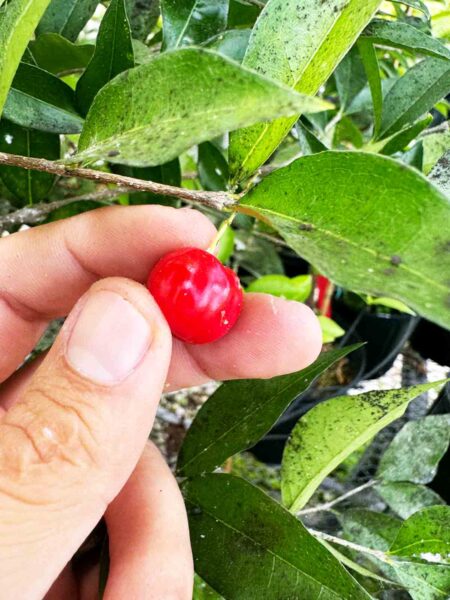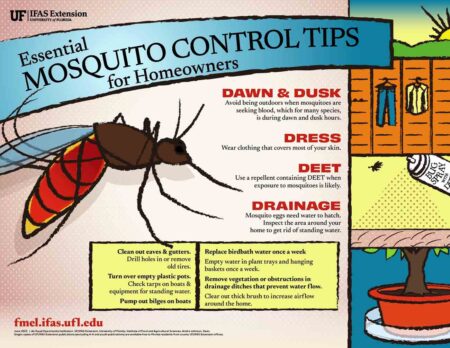Brussels sprouts are closely related to cabbage and need about the same growing conditions and care as cabbage.
Instead of forming one large head, as cabbages do, they form many tiny heads along their tall stems. The round vegetable sprouts are about the size of walnuts. Each sprout resembles a miniature head of cabbage, with its layers of tightly packed leaves and central core.

Brussels sprouts are produced commercially in some areas of California and New York but in Florida, they are almost exclusively a backyard garden vegetable.
Here are suggestions from retired UF/IFAS Extension vegetable specialist Jim Stephens on growing this unique crop in Florida.
Brussels sprouts are considered a cool-season crop and require cool weather for best growth. So, they should be grown in the winter garden in Florida. Now is a good time to plant this crop.
If they are grown when temperatures are warm, the sprouts tend to be soft and open rather than solid and tightly packed. Brussels sprouts are quite hardy and they can withstand even heavy frosts without damage.
Brussels sprouts can be started from seeds or small plants. But, as Jim points out, because this vegetable does not enjoy wide popularity, it may be hard to find plants for starting. Seeds can be planted directly in the garden or germinated in flats.
If you start seeds in flats, plant about 25 seeds to a foot of bed and cover them with about half an inch of soil. When seedlings emerge, thin them to about an inch apart. They’re ready to plant in the garden when they’re about three or four weeks old. Plant them 30 inches apart in rows that are three feet wide.
Jim reminds us that in our Florida sandy soils that fertilizer probably will be needed before planting Brussels sprouts. He suggests using a garden fertilizer such as 8-8-8. Apply about six pounds of fertilizer for every 100 feet of row and work it in well. An additional six pounds should be placed in a shallow furrow alongside the row. A little more nitrogen will be needed about every two weeks.
The most common pest problems on Brussels sprouts are cabbage worms and aphids. Be sure you always follow label directions when applying pesticides.
Sprouts are ready to harvest when they reach walnut size and feel firm. But don’t leave them on the stem too long or they’ll become yellow and tough. Usually, the first sprouts, near the bottom of each plant, are ready within three months. Keep in mind they will still be producing in the spring when it’s time to start planting your spring garden.
Larry Williams is the Extension horticulture agent with the Okaloosa County Cooperative Extension Service, University of Florida. Contact Larry at 689-5850 or email lwilliams@myokaloosa.com.





